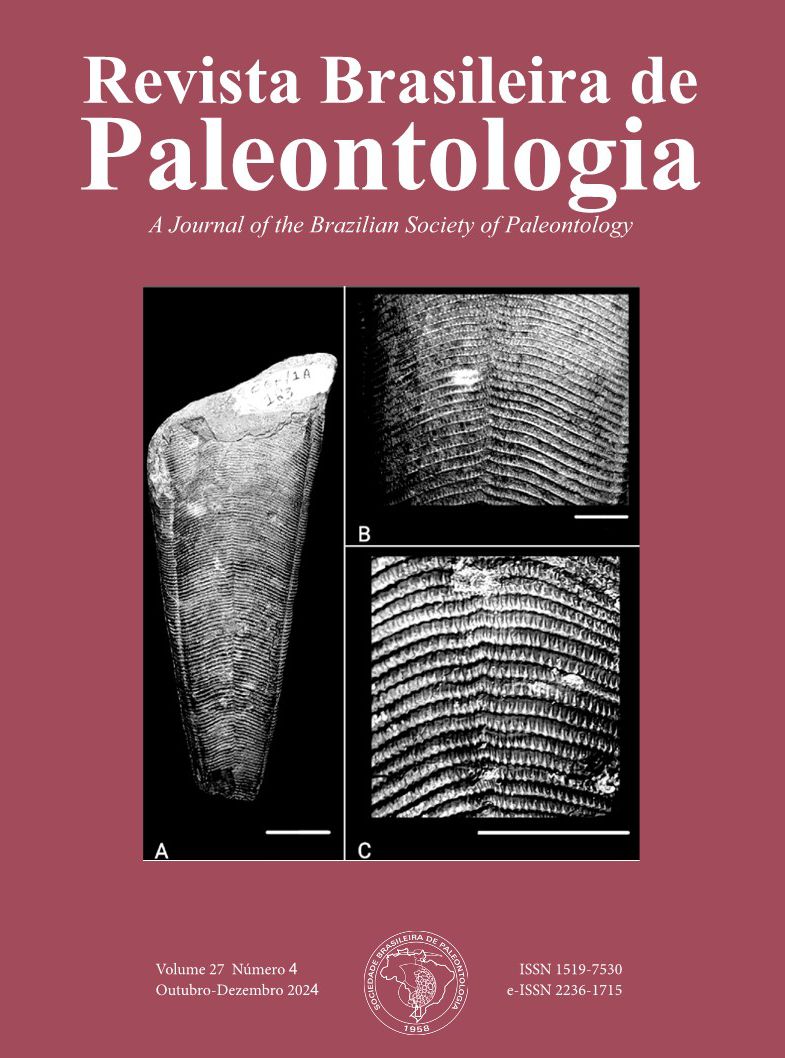Huenesuchus is an objective synonym of Prestosuchus while ‘class-group names’ do not exist in and are not regulated by the ICZN: a response to Kischlat
DOI:
https://doi.org/10.4072/rbp.2024.4.0425Abstract
A recent revision by Kischlat of the genus Prestosuchus (generally attributed to Huene) determined that it was an unavailable nomen nudum and proposed the new genus Huenesuchus to contain the species until then known as Prestosuchus chiniquensis, based on the assumption that no author made the name available after Huene. In fact, the name was made available by Kuhn. Huenesuchus and Huenesuchidae are objective junior synonyms of Prestosuchus and Prestosuchidae, respectively. Kischlat also introduced the new name Huenesuchia to replace Prestosuchia based on the incorrect assumption that unranked clades named after genera must be substituted if their eponyms are found to be nomina nuda, and the names Holosuchia and Loricatosuchia as substitutes for Suchia and Loricata respectively, based on an incorrect application of the Principle of Homonymy. The Principle of Homonymy, which applies to family-group, genus-group, and species-group names, does not apply to unranked clades or other Linnaean ranks, so Suchia and Loricata do not need to be substituted. Additionally, Kischlat characterized Holosuchia, Loricatosuchia, and Huenesuchia as ‘class-group names,’ a grouping that does not exist in the ICZN.
Keywords: nomenclature, Prestosuchus, Huenesuchus, Santa Maria Formation, Triassic.
Downloads
Downloads
Published
How to Cite
Issue
Section
License
Copyright (c) 2025 Skye McDavid

This work is licensed under a Creative Commons Attribution-NonCommercial-NoDerivatives 4.0 International License.
This is an Open Access article distributed under the terms of the Creative Commons Attribution-NonCommercial-NoDerivatives license (http://creativecommons.org/licenses/by-nc-nd/4.0), which permits non-commercial re-use, distribution, and reproduction in any medium, provided that no alterations are made and the original article is properly cited. The written permission of Revista Brasileira de Paleontologia must be obtained before any commercial use and/or adaptation of the article.







